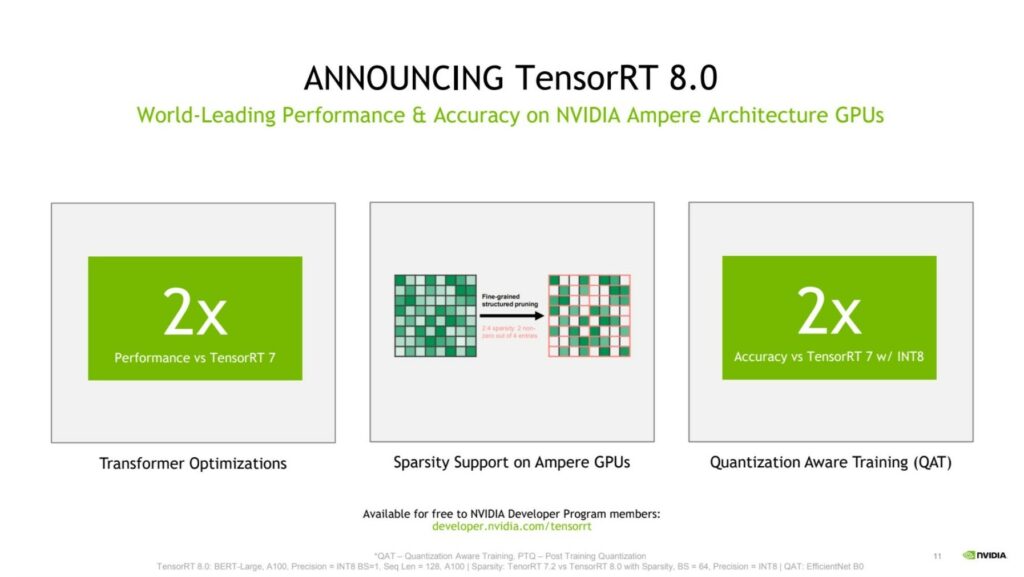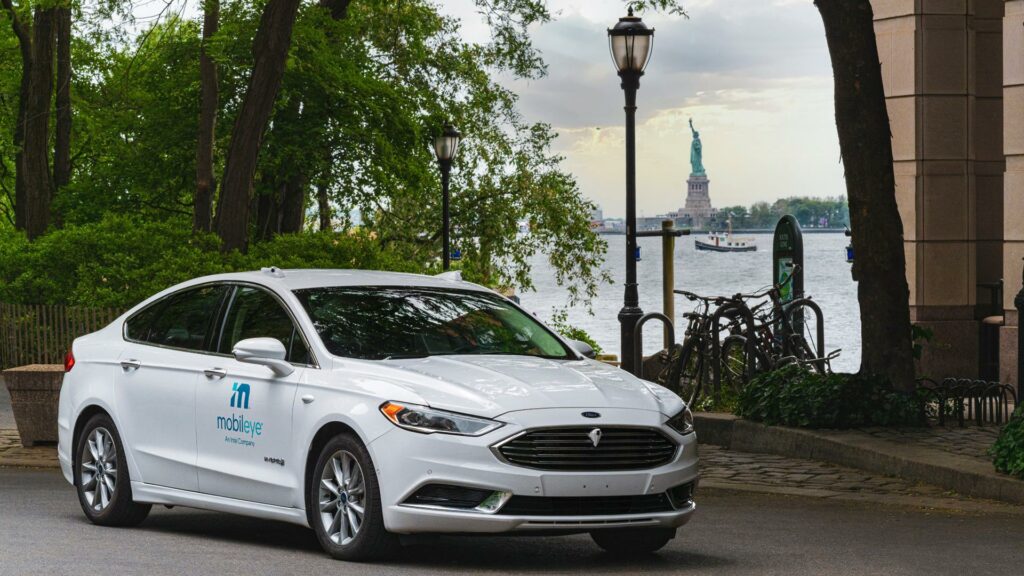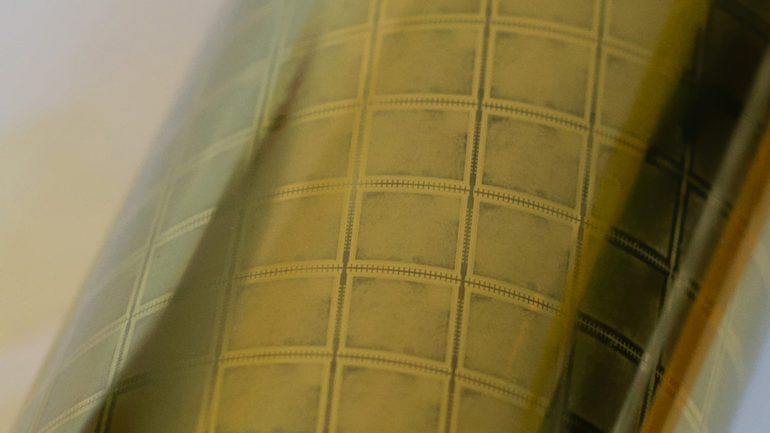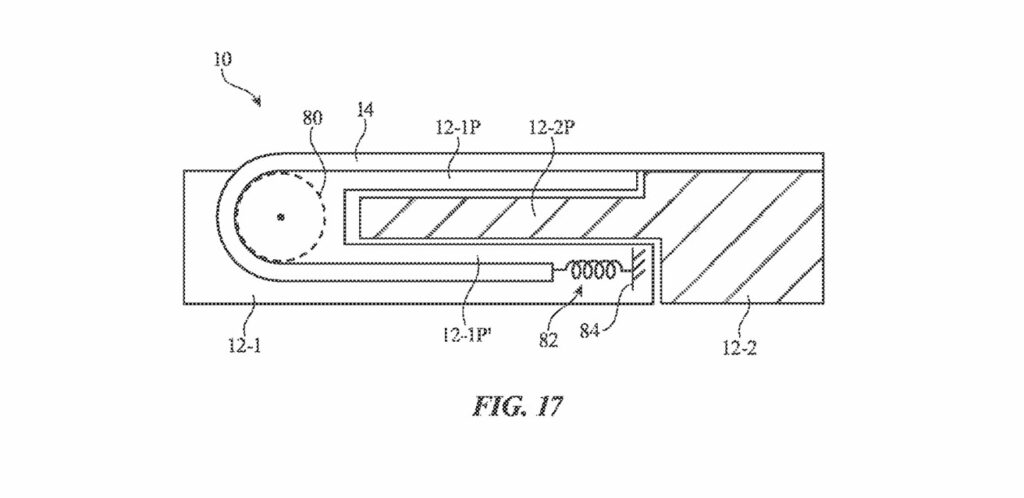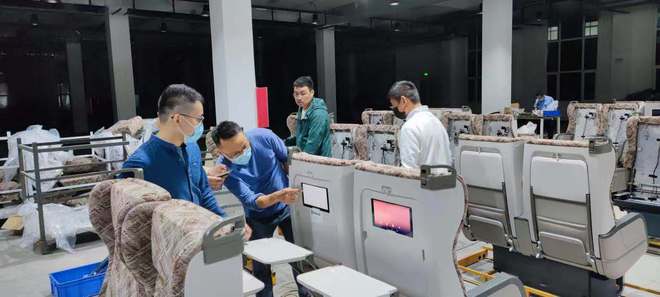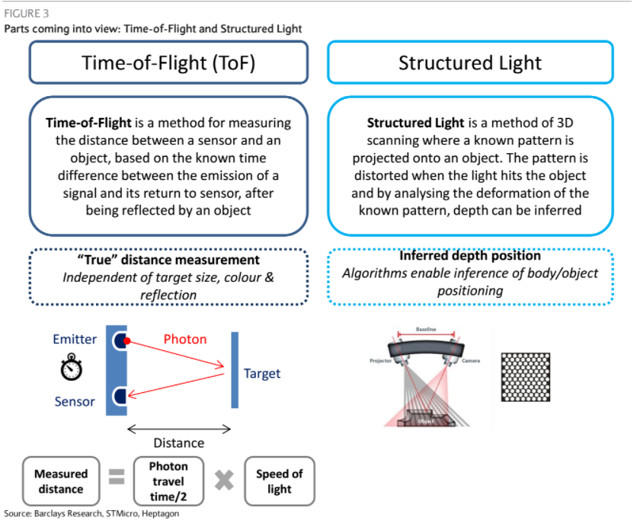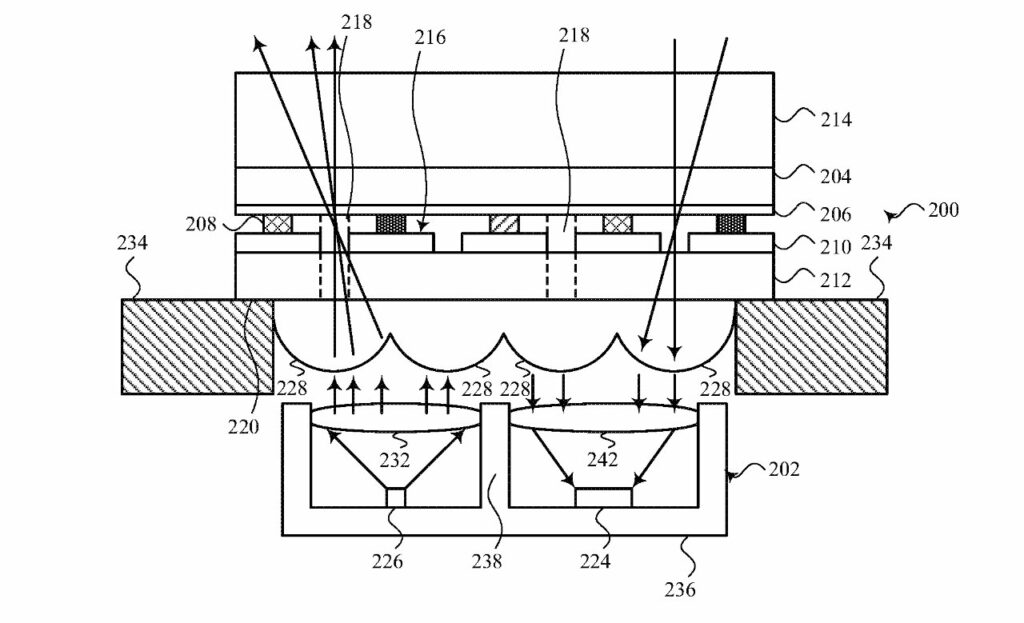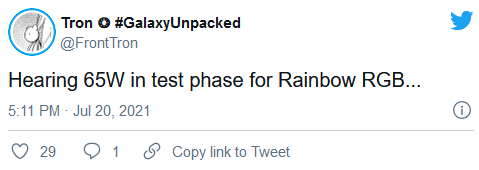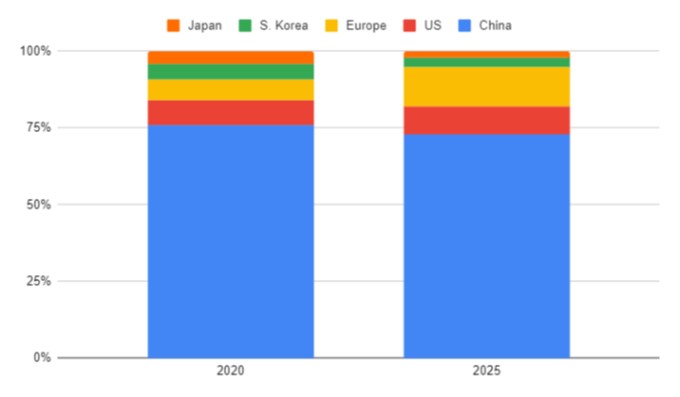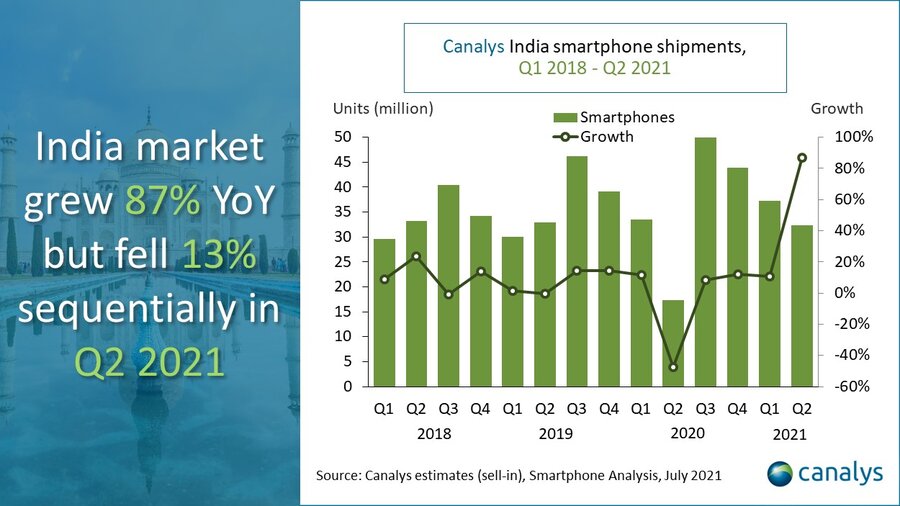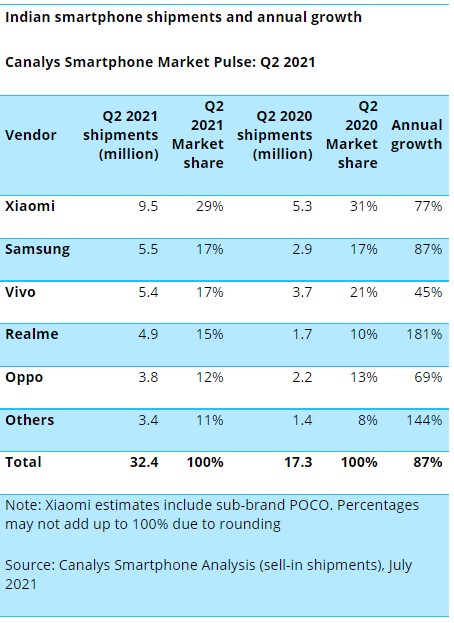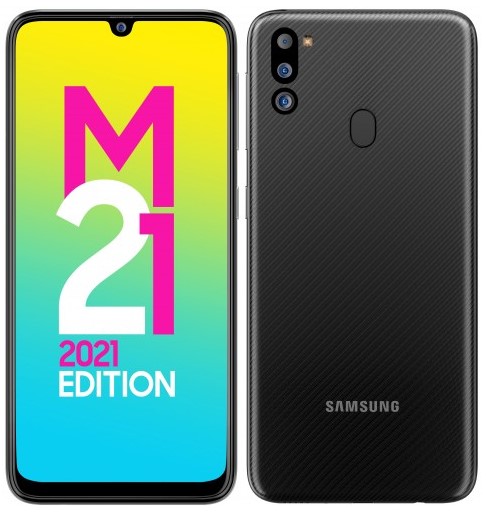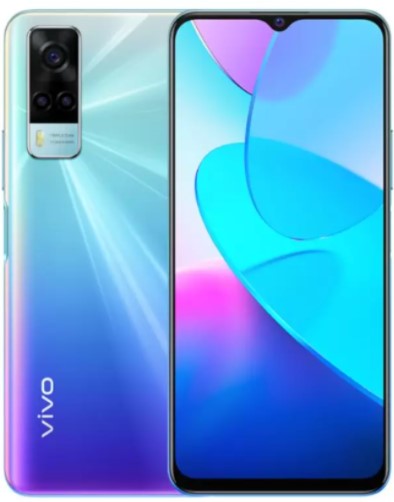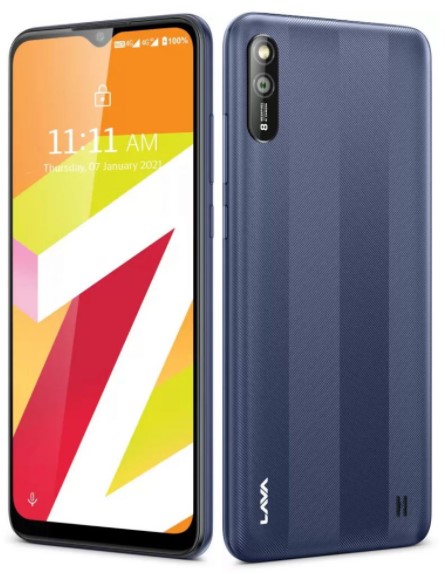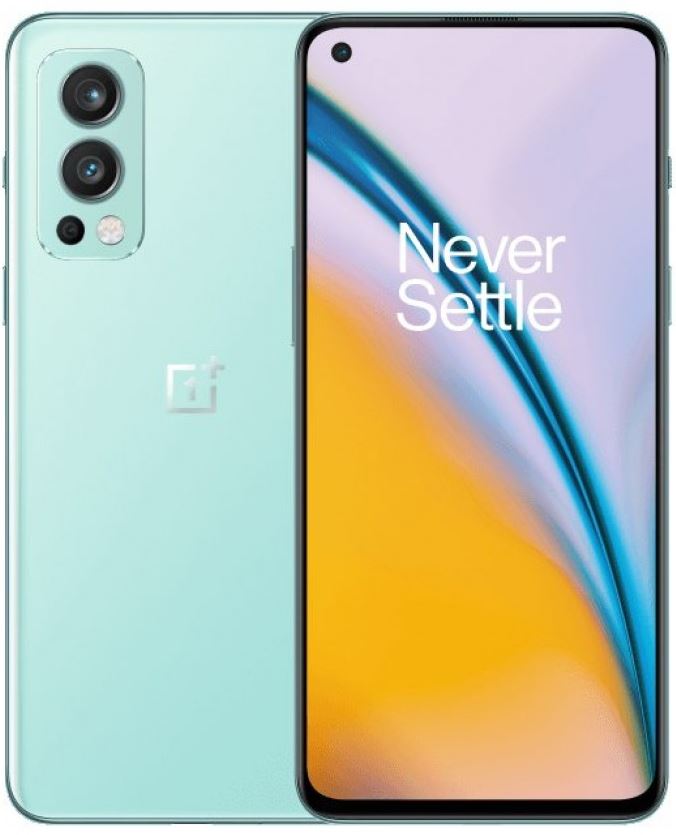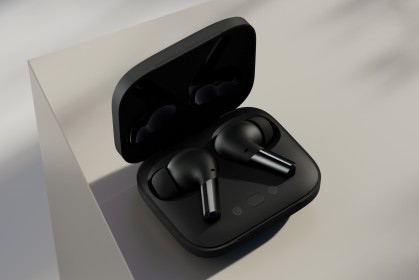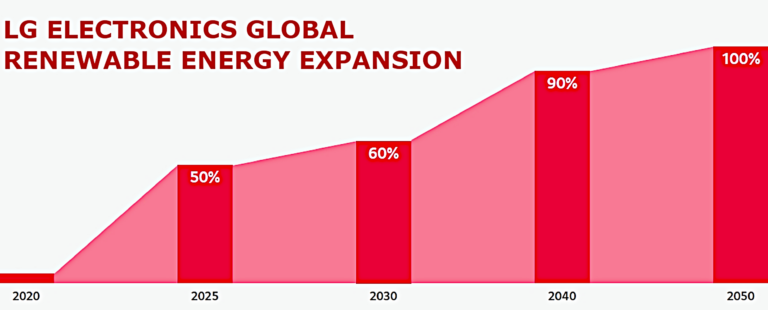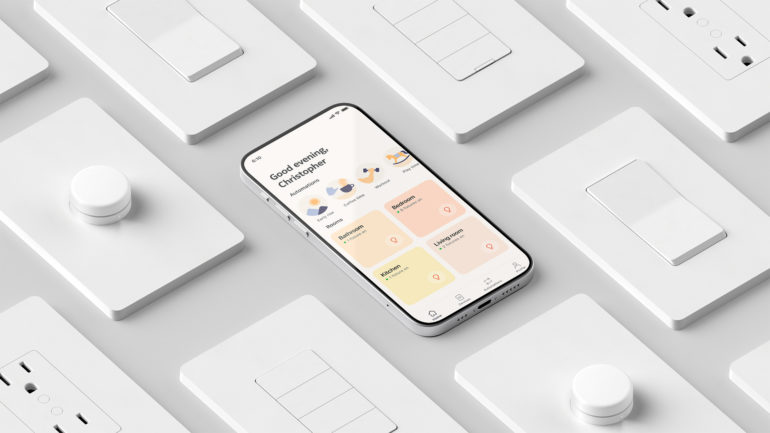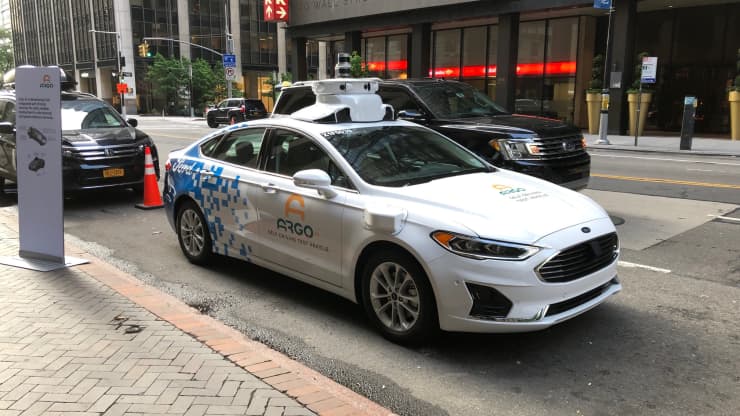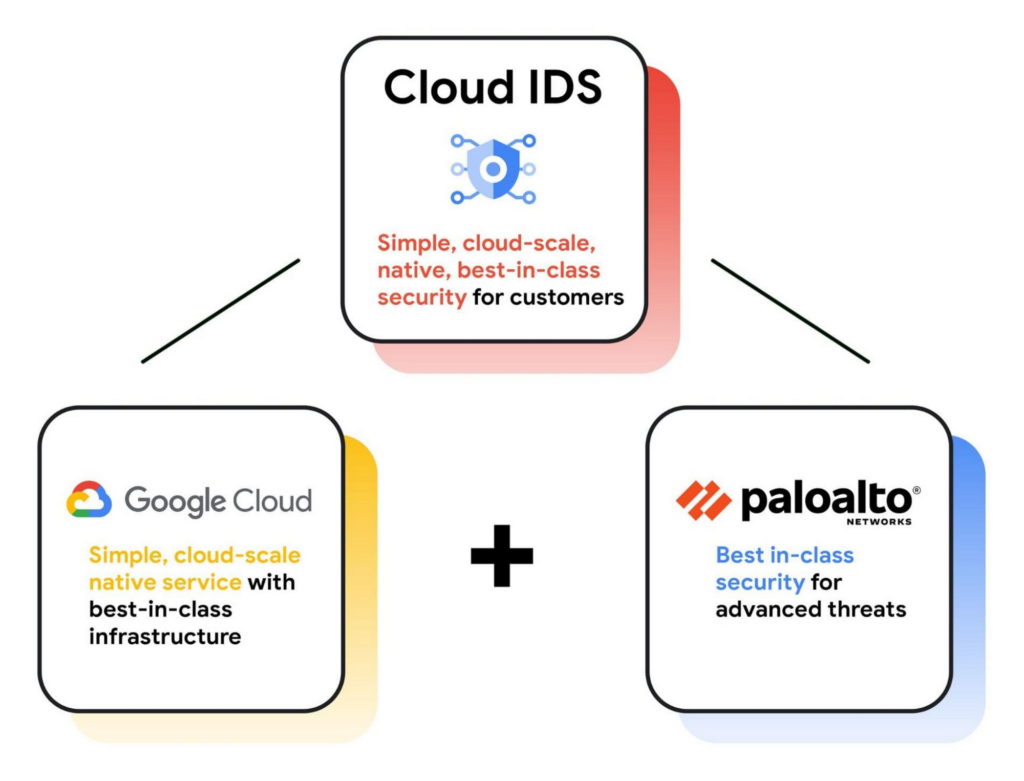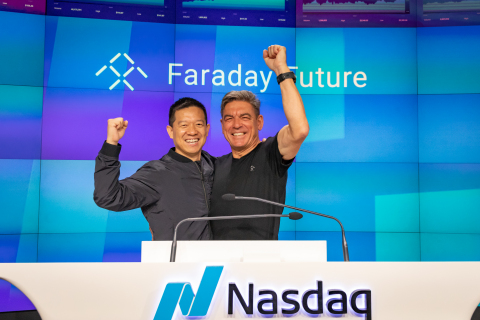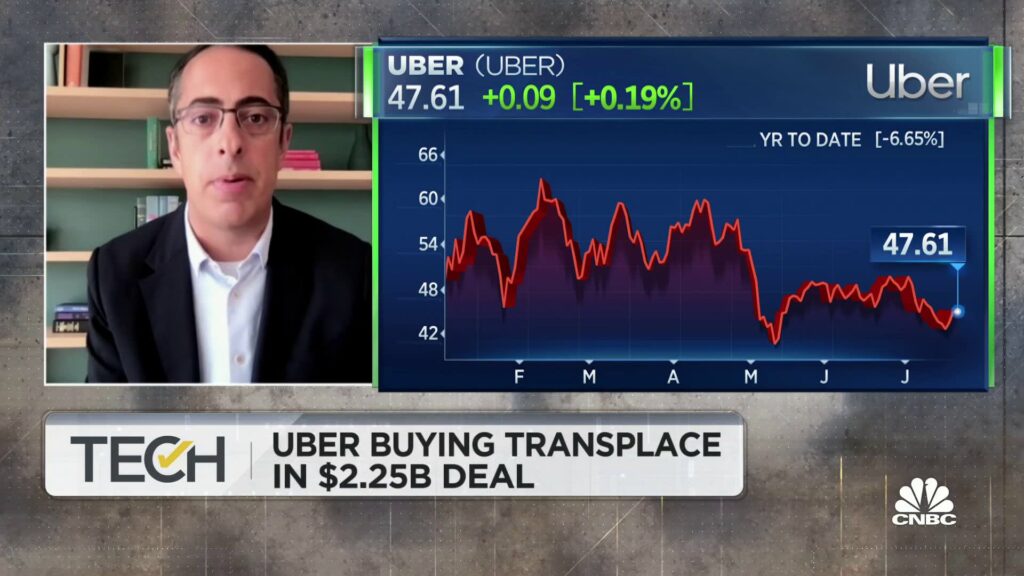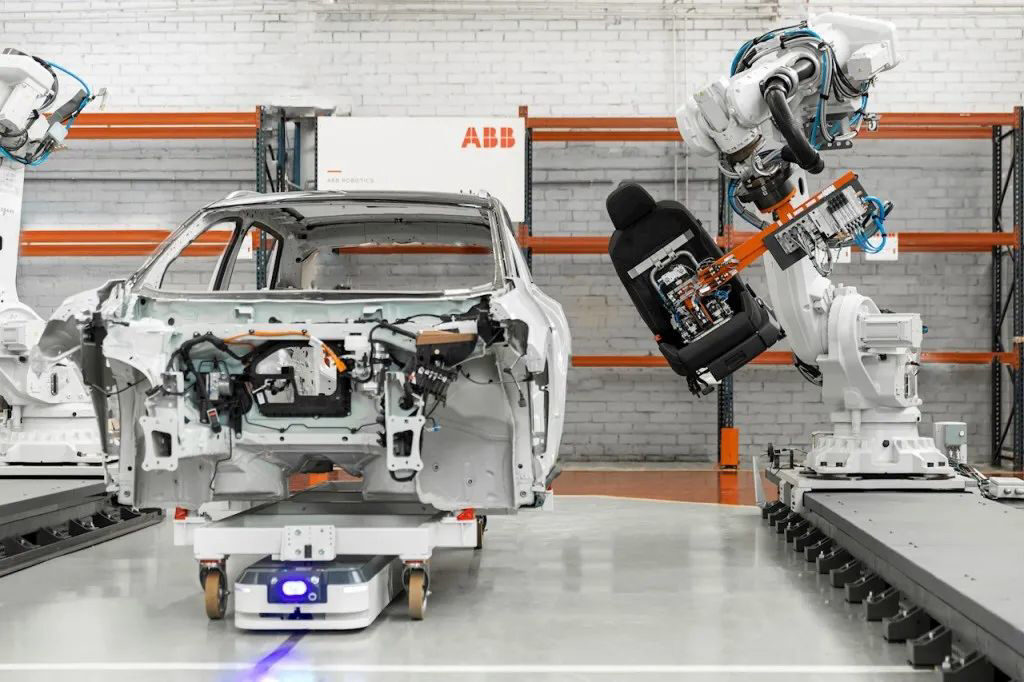
7-23 #Helpless : ARM has detailed what it says is the first functional ARM processor based on a flexible non-silicon design; TSMC is finalizing a decision to put its first chip plant in Japan into operation as early as 2023; etc.
Qualcomm has announced it is setting up a program to accelerate the Qualcomm Wearables ecosystem. The company is planning to significantly grow its investment in chips, platforms, and technologies for new Snapdragon Wear chipsets. Additionally, the company has now launched Wearable Ecosystem Accelerator Program that will bring together smartwatch industry leaders. (Phone Arena, Qualcomm, Android Central)
Nvidia announces TensorRT, which is Nvidia’s deep learning SDK that enables applications to perform up to 40x faster than CPU-only platforms during inference. With CUDA’s parallel programming model, TensorRT can optimize neural network models, calibrate for lower precision with high accuracy, and deploy models for research and commercial use cases. (Neowin, Nvidia, CN Beta, IT Home)
Mobileye, a subsidiary of Intel, has expanded its autonomous vehicle testing program to New York City as part of its strategy to develop and deploy the technology. New York City joins a number of other cities, including Detroit, Paris, Shanghai and Tokyo, where Mobileye has either launched testing or plans to in 2021. (TechCrunch, Intel)
ARM has detailed what it says is the first functional ARM processor based on a flexible non-silicon design. “PlasticArm” puts metal-oxide thin-film transistor tech on top of a flexible substrate. While it is a 32-bit Cortex-M0 chip with 128 bytes of RAM and 456 bytes of storage, ARM claims its hardware is 12 times more complex than previous flexible electronics. (Android Authority, ARM)
TSMC is finalizing a decision to put its first chip plant in Japan into operation as early as 2023. The planned plant in Kumamoto, on the island of Kyushu in western Japan, would go forward in two phases. The new facility will be able to produce around 40,000 wafers per month using 28nm technology, which is widely used for multiple types of chips including image processors and microcontroller units for automotive applications and consumer electronics. The plant is expected to be mainly used to make image sensors for Sony. (Laoyaoba, Nikkei)
Globalfoundries (GF) has announced expansion plans for its most advanced manufacturing facility in upstate New York over the coming years. These plans include immediate investments to address the global chip shortage at its existing Fab 8 facility as well as construction of a new fab on the same campus that will double the site’s capacity. GF will invest USD1B to immediately add an additional 150,000 wafers per year within its existing fab to help address the global chip shortage. (Digitimes, press, 163, LTN)
Japan Display Inc (JDI) has agreed to sell a smartphone screen plant in central Japan to Sharp for USD390M in Aug 2020. Though this transaction has relieved JDI’s financial pressure, it has also triggered a conflict with the government of the region where the factory is located. After the JDI’s Hakusan factory officially changed ownership to Sharp in Oct 2020, the Hakusan City Government has requested JDI to refund the JPY1B subsidy. In response, JDI has sued the Hakusan City Government of Ishikawa Prefecture in the Kanazawa District Court in May 2021 on the grounds that “there is no need to refund subsidies”. (Laoyaoba, EET-China, Reuters)
Apple’s patent titled “Electronic devices having sliding expandable displays” with US Patent and Trademark Office (USPTO) proposes a display design where a flexible display is effectively rolled up inside an enclosure, like a scroll. The housing includes elements that can slide, lengthening the body of the enclosure at the same time as dragging the display out of its scroll state. The display can be tensioned, such as by using a coil spring, to make sure it is flat and that it rolls back up when the enclosure is slid back to its more compact state. (CN Beta, USPTO, Apple Insider)
South Korean investment agency KB Securities has pointed out that LG Display (LGD) large-size OLED panel business should turn around in 3Q21, which is the first profitable quarter since 2013. In order to win new customers and meet the growing demand, KB Securities expects that the current large-size OLED panel production capacity of LGD’s Guangzhou plant will increase by 50% in 2H21 (60K to 90K per month), and the overall production capacity will increase from 8M pieces in 2021 to more than 10M pieces in 2022, enough to meet the new needs of global TV manufacturers without the need to expand the Gen-10.5 product line. (Laoyaoba, KED)
LG Display (LGD) will restart its spending on its E6-3 OLED line that is dedicated to Apple in Aug 2021 and begin as early as Jul 2021. The company delayed its spending plan on E6-3 back in 2017. LGD is projected to spend over KRW1T (USD867M) for the expansion. The company will start placing orders for the equipment for its E6-3 plant in Paju in 3Q21. E6-3 is the third phase upgrade of the E6 plant. LG Display will manufacture flexible OLED panels for Apple using Gen-6 (1500×1850mm) substrates. (Laoyaoba, Patently Apple)
CRRC has built China’s high-speed maglev transportation system with a speed of 600km/h was successfully rolled off the assembly line in Qingdao, China. As the cockpit audio-visual system supplier of this high-speed maglev transportation system, Royole Technology has established a cooperative relationship with CRRC, providing the world’s largest mass-produced full-flexible screen. (CN Beta, Breaking Latest)
While Apple is expected to have at least its new iPhone Pro series for 2021 feature ToF-based LiDAR scanners, some Android handset vendors including Honor are poised to resume adoption of ToF cameras for their new flagship models, according to Digitimes. Samsung has shown little interest in re-installing ToF cameras in its new flagship models, and is unlikely to release handsets with such cameras in 2021. Win Semi, AWSC and VPEC are expected to embrace a strong 2H21 due partly to robust shipments of 5G PA devices and VSCEL chips for new iPhones and China-made flagship smartphones. (Digitimes, press, Gizmo China, Digitimes)
Samsung Electronics has reportedly started the development of a lidar sensor for autonomous driving. The company is aiming to commercialize the technology in 2026. Samsung System LSI, the company’s processor unit, has recently finished the development of a meta lidar chip that will act as the computing chip on the lidar sensor. The chip collects the refractive data of the light and calculates the distance. It is made ultra-small using a metamaterial that can control optical characteristics. For the pulse laser and detector, Samsung is developing them based on the time of flight method. (CN Beta, The Elec, Sam Mobile)
Apple’s patent “Through-display optical transmission, reception, or sensing through micro-optic elements” with USPTO describes methods to capture a two-dimensional (2D) or three-dimensional (3D) image of an object or user that is proximate to a device, which in some cases the 2D or 3D image may be an image of a fingerprint, a face, or a scene in a field of view (FoV). (CN Beta, Apple Insider, USPTO)
Samsung is reportedly testing 65W charging for the Galaxy S22 series, which is believed to be launched in 1Q22. This would be a major upgrade over the S21 family’s 25W charging. It would also be in line with rival devices from the likes of OnePlus and Xiaomi. (CN Beta, Android Authority, WCCFtech)
A total of 38 makers of EV-use batteries have been set up in recent years in Europe, which is expected to become the world’s second largest EV-use battery supply chain next only to China in 2025, according to Digitimes. The EV-use battery supply chain in Europe is estimated to have total annual production capacity of 460GWh in 2025 and1,144GWh in 2030, with the capacity to meet demand from 90% of new EVs sold in the European market. (Digitimes, press, Digitimes)
Tesla has agreed to buy nickel for its batteries from BHP, the world’s largest miner. The deal is the third agreement for nickel that Tesla has signed in the last 8 months, following deals with Vale and the Trafigura-backed Goro mine, since chief executive Elon Musk called for supplies of “sustainable” nickel. (TechCrunch, Financial Times, BHP, Bloomberg, IT Home)
LG has allegedly agreed to sell Apple’s iPhones, iPads, and Apple Watches at its “LG Best Shops” in South Korea from Aug 2021. The Apple products will go on sale at 400 LG stores across the country. All Macs are excluded from the sales, since LG’s laptop offerings overlap with Apple computers. (Apple Insider, Mac Rumors, Herald, CN Beta)
According to Canalys, smartphone shipments in India fell 13% between 1Q21-2Q21, to 32.4M units, due to the second wave of COVID-19, which stifled demand. Due to the two-month shutdown in 2Q20, the YoY comparison was extremely favorable, with shipments up 87%. Xiaomi remained the market leader, shipping 9.5M units for a 29% share. Samsung stayed in second place, shipping 5.5M units for a 17% share. vivo came in third with 5.4M units shipped, while realme overtook OPPO for fourth place, shipping 4.9M units against OPPO’s 3.8M. (GizChina, My Drivers, Canalys)
Lava’s product head Tejinder Singh has revealed that the company is planning to launch their first 5G smartphone near Diwali, which will be priced in INR17,000-20,000 (USD228-269). The company is in discussion with Indian telecom operators for opportunities to go to the market together. Lava has said that it has aimed for a 10% share in the smartphone market. The company already owns a 20% market share in the feature phone category in India. (Gizmo China, GizBot)
Samsung Galaxy M21 2021 Edition is launched in India – 6.4” 1080×2340 FHD+ u-notch Super AMOLED, Samsung Exynos 9611, rear tri 48MP-8MP ultrawide-5MP depth + front 20MP, 4+64 / 6+128GB, Android 11.0, rear fingerprint, 6000mAh 15W, INR12,499 (USD170) / INR14,499 (USD195). (GSM Arena, Samsung)
vivo Y53s NFC is launched in Indonesia – 6.58” 1080×2408 FHD+ v-notch, MediaTek Helio G80, rear tri 64MP-2MP macro-2MP depth + front 16MP, 8+128GB, Android 11.0, side fingerprint, 5000mAh 33W, IDR3.69M (USD255). (GizChina, Gizmo China)
Lava Z2s is launched in India – 6.5” 720×1600 HD+ v-notch, MediaTek Helio octa-core, rear 8MP + front 5MP, 2+32GB, Android 11.0 Go, no fingerprint, 5000mAh, INR7099 (USD95). (Gizmo China, Lava, India Times, Fone Arena)
OnePlus Nord 2 5G is launched in Europe and India – 6.43” 1080×2400 FHD+ HiD Fluid AMOLED 90Hz, MediaTek Dimensity 1200 5G, rear tri 50MP (1.0µm) OIS-8MP ultrawide-2MP macro + front 32MP, 6+128GB, Android 11.0, fingerprint on display, 4500mAh 65W, stereo speakers, GBP399 / EUR399 / INR27,999. (GSM Arena, Liliputing)
OnePlus Buds Pro is announced, featuring Adaptive Noise Cancellation, which actively drowns out unwanted sound frequencies like environmental noise or chatter in real-time. It also adjusts the noise cancellation level. The earbuds come with an upgraded battery which can last up to 38 hours along with the carry case. It is priced at EUR150 / USD150. (Android Central, CN Beta, Gizmo China)
LG Electronics has made public its commitment to transition completely to renewable energy by 2050 as a key component of its sustainability strategy. Its pledge builds on its Zero Carbon 2030 initiative which will see it reduce carbon emissions in the production stage by 50% of 2017 standards by 2030. (Neowin, LG, CN Beta)
According to Strategy Analytics, more than 665M homes worldwide owned a Smart TV by the end of 2020. This equates to 34% of global households, a figure that is set to rise to 51% by 2026 when Smart TV ownership will reach 1.1B homes. Sales of Smart TVs grew by 7.4% in 2020 to reach 186M units, accounting for 79% of all Flat Panel TVs sold. Samsung is the leading Smart TV manufacturer in terms of annual sales units for the ninth straight year in 2020 while TCL climbed above LG and into second place for the first time. (Laoyaoba, Strategy Analytics)
Smartlabs and Nokia have joined forces to launch the brand-new Nokia Smart Lighting. The Nokia lighting platform centers around a bridge as well as a dial, a paddle switch, a four-button keypad, and a smart outlet. Nokia lighting can be controlled through Android, iOS apps as well as Alexa and Google Assistant. The range is available for prices starting at USD39.99 for the bridge and scaling up to USD59.99 for the keypad. (Digital Trends, Android Authority, Nokia)
Self-driving startup Argo AI, carmaker Ford Motor and ride-hail company Lyft have announced that they partnered to offer robotaxi trips to Lyft customers in Miami and Austin. The service using Ford vehicles and a driving system developed by Argo AI will begin in Miami later in 2021 and start in Austin, Texas, in 2022. It will start with human backup drivers and go fully autonomous at an unspecified date. (The Verge, Reuters, Miami Herald, CNBC)
Google has unveiled a slew of new security solutions for protecting its cloud. The announcements include a new intrusion detection system, multiple integrations, and an autonomic security operations stack. Additionally, Google Cloud also announced it’s expanding the availability of its Risk Protection Program. (VentureBeat, Google)
Volvo Cars has struck a deal to buy out parent company Zhejiang Geely Holding from their joint ventures in China, in a move that could make a potential initial public offering (IPO) for the Swedish automaker more attractive to investors. (CN Beta, Auto News, Reuters)
Faraday Future (FF) is listed on the Nasdaq Stock Market. FF has secured approximately USD1B through its business combination with Property Solutions Acquisition Corp. (CN Beta, CNBC, Business Wire)
Uber Freight and Transplace have entered into a definitive agreement for Uber Freight to acquire Transplace for approximately USD2.25B. Uber Freight will acquire Transplace from TPG Capital, the private equity platform of alternative asset firm TPG. Uber has been choosing to pour billions into strengthening its Uber Eats segment, acquiring alcohol delivery company Drizly and food delivery service Postmates. (CN Beta, CNBC, Transplace, Reuters)
ABB has acquired Spanish robot maker ASTI Mobile Robotics Group in the Swiss engineering company’s latest move to diversify its robotics business beyond its traditional automotive base. ASTI’s robots can tow and move boxes, and deliver components with payloads up to 2,000 kg. The global AMR market is growing at around 20% per year, according to ABB, and is expected to reach USD14B by 2025. (CN Beta, ABB, Reuters)
Visa is buying Currencycloud in a deal valuing the British payments start-up at GBP700M (USD962M). Founded in 2007, Currencycloud sells software for banks and fintech firms to process cross-border payments. It is the second major acquisition of the year for Visa, which last month agreed to buy Swedish fintech Tink for USD2.1B. (CN Beta, Business Wire, CNBC)

